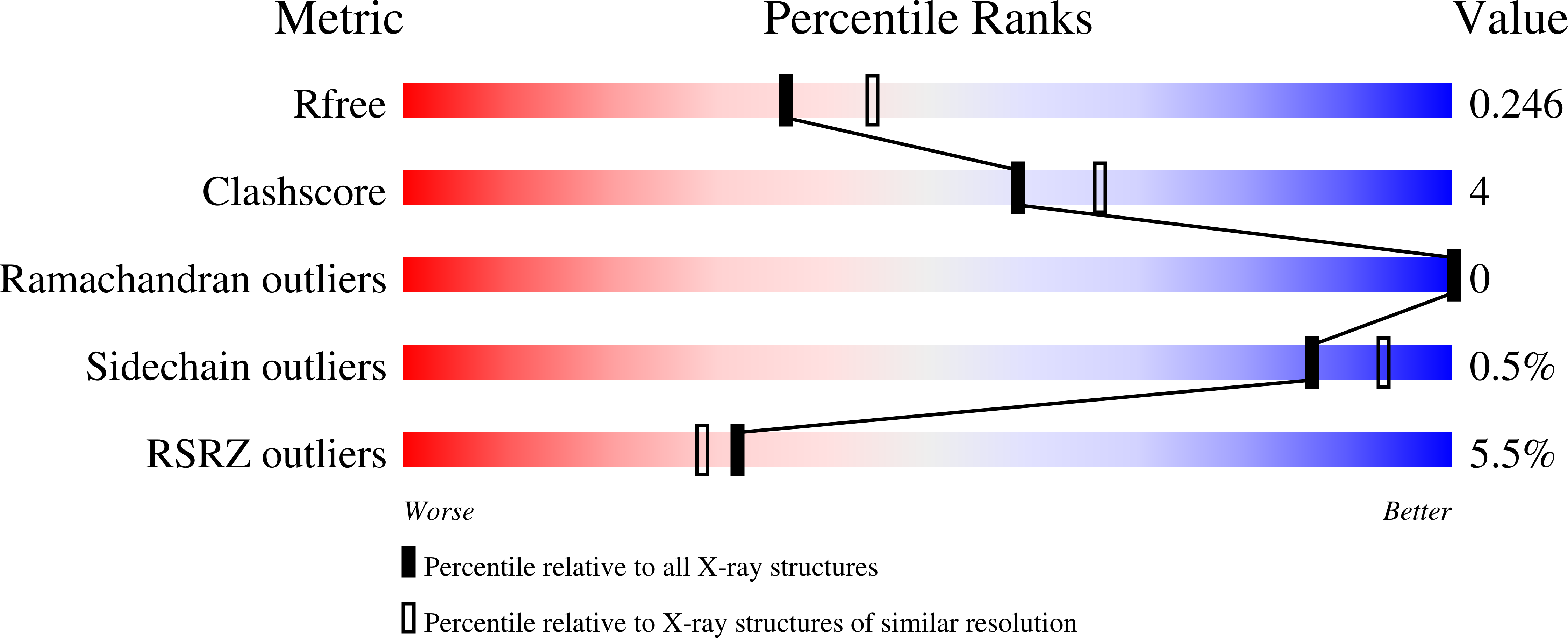
Deposition Date
2024-10-31
Release Date
2025-05-07
Last Version Date
2025-08-20
Entry Detail
PDB ID:
9E6Y
Keywords:
Title:
Structure of CD112 (Nectin-2) domain 1 bound to CD112R (PVRIG)
Biological Source:
Source Organism:
Homo sapiens (Taxon ID: 9606)
Host Organism:
Method Details:
Experimental Method:
Resolution:
2.20 Å
R-Value Free:
0.24
R-Value Work:
0.20
R-Value Observed:
0.20
Space Group:
P 43 21 2


